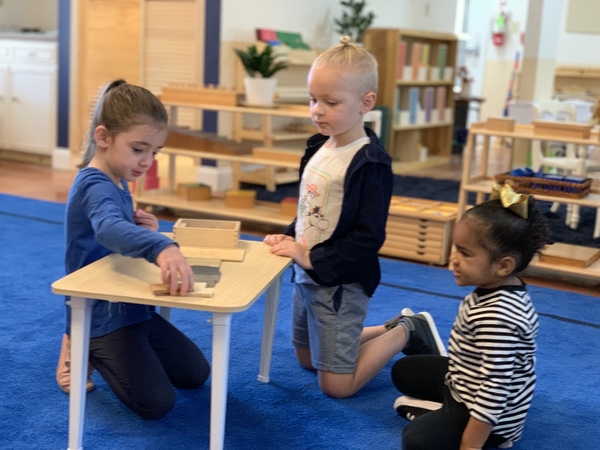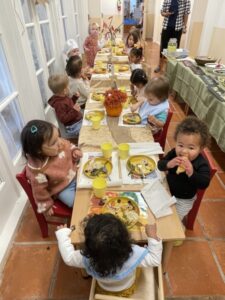
Reflection by Ms. Milinh, Head of School at our Cantera Montessori location.
With Thanksgiving over and the approaching holiday season is full of hustle and bustle, it is also a perfect time to step back and reflect on the many people that contribute to making our lives happier, better, and easier. What and who are we thankful for? What are we grateful for?
Showing gratitude is an important part of who we are as humans. It strengthens our relationships and our connection to our community, and studies show that expressing appreciation makes us happier and more compassionate people.
In the Montessori environment, gratitude is a key component of peace education, grace and courtesy exercises, and the concept of cosmic education. Dr. Montessori understood implicitly the value in fostering a grateful nature in children and helping them become compassionate citizens of the planet.
Although adults understand the worth in expressing gratitude, young children find it more difficult. Gratitude involves being sensitive and empathetic to others, and truly appreciating what others do for you. While children can quickly learn to say please and thank you, it takes time and guidance to help them truly learn to be grateful.
Young children, by their very nature, are self-absorbed. In fact, Jean Piaget described children from ages 2–7 as being egocentric, or unable to see a situation from another person’s point of view.
According to Piaget, young children primarily think and communicate about themselves. They automatically assume that the experiences and thoughts that they have are shared by others. Even in this egocentric phase, however, children can begin to understand gratitude when they are offered repeated opportunities to experience being grateful.
Here are a few ways you can teach children about gratitude:
Teaching children to be grateful and show appreciation takes patience. Gratitude is a quality that needs cultivating over time. But encouraging children to be grateful and modeling its importance is well worth the effort as it lays the foundation for children to develop a positive, optimistic outlook on life and their experiences.